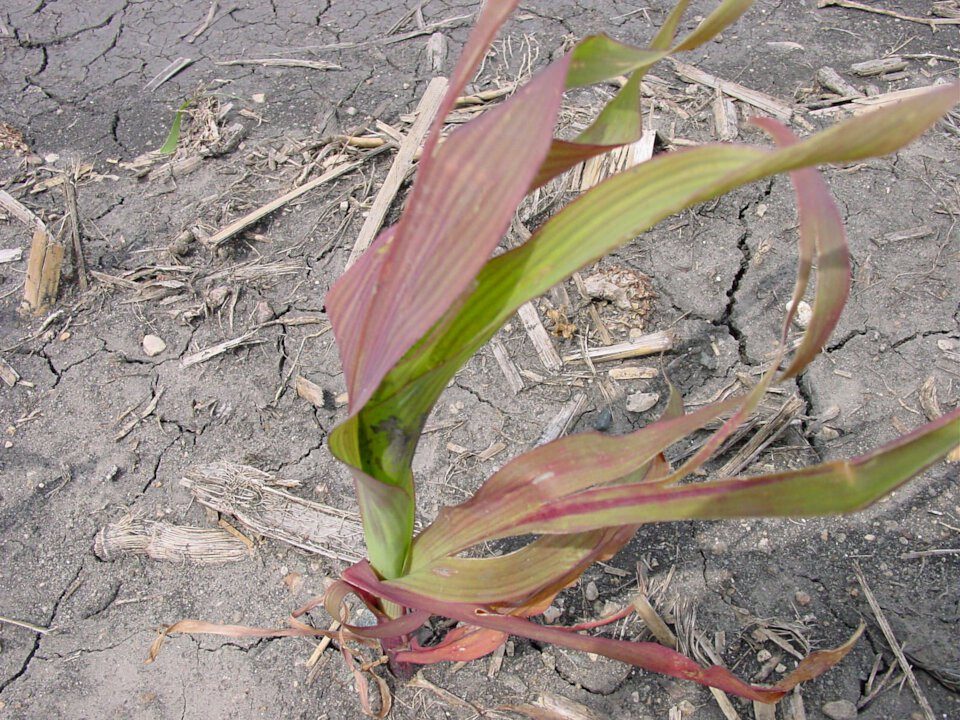By Corteva Agronomists
As fertilizer volatility creeps into 2023, making fertilizer dollars count remains top of mind for most growers.One option for growers is to reduce phosphorus (P) and potassium (K) applications for the upcoming season, instead using those dollars elsewhere. Some growers may want to skip P and K applications altogether. Precision soil sampling can help determine whether a skip is feasible. When used in conjunction with variable rate applications, P and K management can improve and help maximize returns on fertilizer investment.“A soil test for phosphorus and potassium that shows we’re in the high or very high category for a field can indicate that we could possibly skip a year of fertilizer application,” said Matt Essick, Pioneer Agronomy Manager. “However, if we skip a year of fertilizer, keep in mind that the next crop is going to remove some of that fertility from the field and will need to be replaced.”
Read more about the importance of potassium in this study from Pioneer written by Samantha Reicks.
It is important to note that applications of P and K at higher than economically optimal rates in a particular year can offset fertilizer requirements in future years. Both P and K are relatively stable in soils and can be "banked" for later use if economically advantageous.
Learn more about best P and K fertility management practices for corn and soybeans in an era of high prices and market uncertainty in this article from Pioneer written by Andy Heggenstaller, Agronomy Research Manager.
Regardless of which method growers go with, a few general rules of thumb apply: Always fertilize when soil test levels fall below the optimal range, avoid applications on high-testing soils and, when in doubt, fertilize based on expected rates of crop removal.







Post a comment
Report Abusive Comment